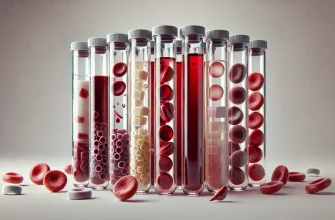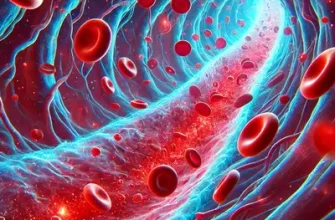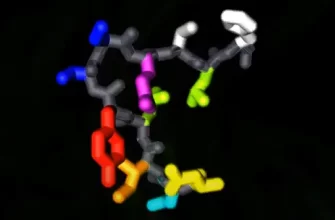Thrombocytopenia refers to a medical condition where there is a low count of platelets in the blood. Platelets, also known as thrombocytes, play a crucial role in blood clotting and preventing excessive bleeding. When someone experiences thrombocytopenia, even a small injury can result in severe bleeding issues.
Causes of Thrombocytopenia
The causes of thrombocytopenia are varied and can be categorized into three primary groups based upon the underlying mechanism:
- Decreased Platelet Production:
- Bone marrow disorders (e.g., leukemia, aplastic anemia)
- Viral infections (e.g., HIV, hepatitis C, Epstein-Barr)
- Chemotherapy and radiation therapy
- Certain medications (e.g., thiazide diuretics)
- Increased Platelet Destruction:
- Immune thrombocytopenia (ITP)
- Drug-induced thrombocytopenia
- Thrombotic thrombocytopenic purpura (TTP)
- Hemolytic uremic syndrome (HUS)
- Infections (bacterial or viral)
- Pregnancy-associated conditions (e.g., pre-eclampsia)
- Increased Splenic Sequestration:
- Liver disease (cirrhosis)
- Splenomegaly
Symptoms of Thrombocytopenia
The symptoms of thrombocytopenia can range from non-existent to severe and may include the following:
- Easy or excessive bruising (purpura)
- Superficial bleeding into the skin that appears as a rash of pinpoint-sized reddish-purple spots (petechiae), usually on the lower legs
- Prolonged bleeding from cuts
- Bleeding from your gums or nose
- Blood in urine or stools
- Unusually heavy menstrual flows
- Fatigue
Diagnosis
The diagnosis of thrombocytopenia typically involves:
- A complete blood count (CBC) to measure platelet levels
- Blood smear analysis
- Tests to evaluate clotting function
- Bone marrow biopsy (in some cases)
Treatment Options
The treatment for thrombocytopenia depends on its cause and severity. Treatments may include:
- Observation: Mild thrombocytopenia often requires no treatment other than regular monitoring and avoidance of activities or medications that could exacerbate the condition.
- Medications:
- Corticosteroids
- Immune globulin intravenous (IGIV)
- Drugs that boost platelet production
- Platelet Transfusions: For those with severe thrombocytopenia or active bleeding.
- Surgery: Splenectomy (removal of the spleen) may be considered in chronic cases not responsive to other treatments.
- Treating the Underlying Disease: Managing the condition that’s causing thrombocytopenia can help resolve it.
Complications and Risks
Thrombocytopenia can lead to serious complications, including:
- Severe bleeding after surgery or injuries
- Internal bleeding that can become life-threatening
Preventive Measures and Lifestyle Changes
- Stop alcohol consumption
- Be cautious with over-the-counter medications like aspirin and ibuprofen that can impair platelet function
- Wear protective gear during activities to prevent injuries.
Living with Thrombocytopenia
Patients diagnosed with thrombocytopenia should maintain regular communication with their healthcare providers to monitor the condition and adjust treatment as needed. With proper management, many individuals with thrombocytopenia lead full, active lives.









